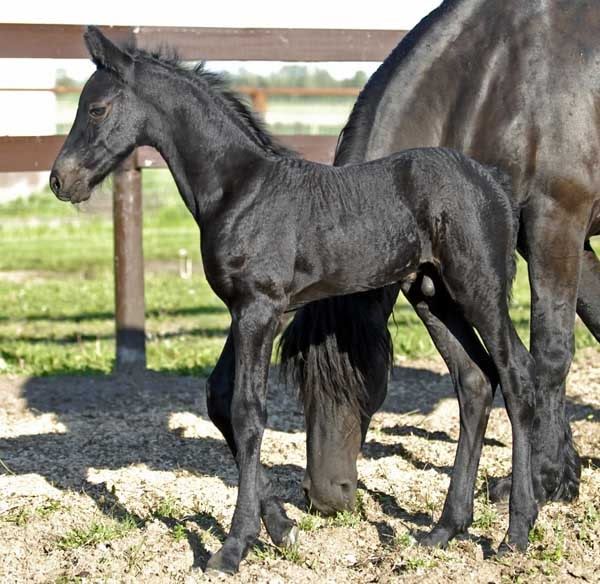 A case report highlighted by TheHorse.com and presented at the ASM/ESCMID MRSA conference in Washington DC last week described a horse-associated methicillin-resistant Staphylococcus aureus (MRSA) infection in Dutch girl.
A case report highlighted by TheHorse.com and presented at the ASM/ESCMID MRSA conference in Washington DC last week described a horse-associated methicillin-resistant Staphylococcus aureus (MRSA) infection in Dutch girl.
The girl, a 16-year-old with a severe neuromuscular disease who was wheelchair-bound and on a ventilator, developed an infection following an insect bite. When the infection didn’t respond to initial treatment, a sample was taken for culture and MRSA was identified. The girl didn’t have any known risk factors for MRSA infection but had had close contact with a foal. The Friesian foal had been at a veterinary hospital prior to the girl’s infection. It had a wound infection that was successfully treated with antibiotics, but no culture was taken at the time. The foal was considered a possible source of the MRSA, particularly since the strain that was recovered was ST398, which is widely found in livestock and which is regularly seen in horses in the Netherlands. After the girl’s infection was identified, the foal was tested and was also found to be carrying MRSA. The girl’s infection was successfully treated and the foal eliminated MRSA carriage without treatment (which is expected in horses because long-term carriage of MRSA seems to be rare to non-existent in this species).
The source of the infection could not be definitively proven, but given the fact that the horse was at a facility that regularly sees MRSA cases, that the strain involved is typically associated with livestock, and that the girl had no other livestock contact, it’s a reasonable to assume it came from the foal.
We’ve known for a few years that MRSA is an issue in horses, and that it can be passed between horses and people – in both directions. Equine veterinarians and horse owners have abnormally high MRSA carriage rates. MRSA carriers are people who have MRSA living in or on them (most often in the nose) without any signs of infection. Most carriers never have a problem, but disease can develop in some situations. The incidence of human MRSA infections transmitted from horses is low, although it’s almost certain that many horse-associated MRSA infections are not reported because the link with horses isn’t made or people don’t mention the horse contact. TheHorse.com article is incorrect in stating that this is only the third case of horse-to-human MRSA infection, since we’ve already published two such reports, one of which included multiple cases. Regardless, it’s an uncommon problem but it is probably also under-recognized. Horse owners shouldn’t panic about MRSA, but they should realize that MRSA is circulating in the horse population and that by nature of their frequent and close contact with horses, they are at higher risk for MRSA carriage, and likely also infection.
More information about MRSA in horses can be found on the Worms & Germs Resources – Horses page.